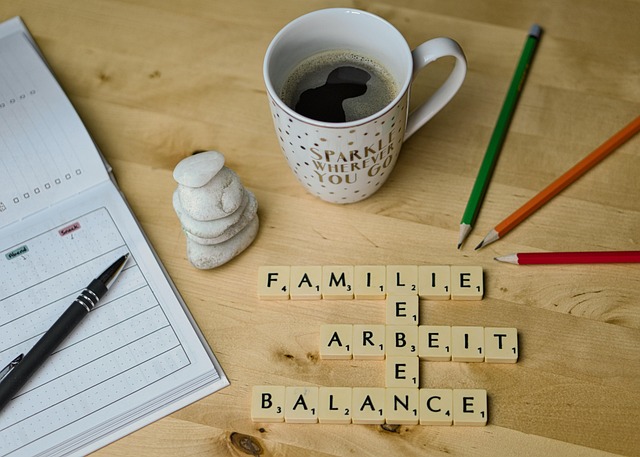Creating a comprehensive estate plan is essential for safeguarding your assets and ensuring peace of mind for loved ones. It involves assessing all property, investments, and belongings, setting up trusts and designating beneficiaries, and regularly reviewing to adapt to life changes. This proactive strategy protects family assets, streamlines inheritance, and complies with legal updates, securing financial security for generations.
Creating a comprehensive estate plan is an essential step in safeguarding your hard-earned assets for future generations. This guide explores how to navigate the process, from understanding your estate’s current state to implementing key strategies for protection. Discover the critical components of an effective plan, learn to identify potential risks, and gain insights into regular review and updates needed to maintain its integrity. By employing these tactics, you can ensure your family assets are secure and your wishes are respected.
Understanding Your Estate and Its Protection
Creating a comprehensive estate plan is a crucial step in safeguarding your hard-earned assets and ensuring peace of mind for your loved ones. The first step in this process involves understanding the full scope of your estate, including all its valuable components—from real estate to financial investments and personal belongings. This holistic view allows you to identify not just what you own but also its significance and potential risks.
Protecting family assets requires a strategic approach. By evaluating each asset’s value and vulnerability, you can implement tailored measures to safeguard them. This might include setting up trusts, designating beneficiaries for financial accounts, and ensuring legal documentation is in place to support your wishes. Regular reviews of your estate plan are essential as circumstances change, enabling you to adapt and maintain control over your assets’ protection.
Key Components of a Comprehensive Estate Plan
A comprehensive estate plan is an essential tool for protecting your family’s assets and ensuring their future security. It involves several key components that work together to safeguard your hard-earned wealth. One of the primary elements is creating a will, which outlines your wishes regarding asset distribution after your passing. This legal document appoints executors to manage your affairs and ensures your assets are divided according to your specific instructions.
Additionally, setting up trusts is a powerful strategy for both asset protection and estate planning. Trusts allow you to transfer ownership of assets into the hands of a trustee, who manages them for the benefit of designated beneficiaries. This can provide significant advantages in terms of tax efficiency, privacy, and avoiding probate court. By combining these strategies, individuals can create a robust framework to protect their family assets, ensuring they remain secure and accessible for future generations.
Strategies to Safeguard Family Assets
Creating a robust estate plan is an effective way to safeguard your hard-earned assets for future generations. One of the primary goals is ensuring the protection and preservation of family assets, which involves several strategic considerations. A comprehensive approach includes implementing legal mechanisms like trusts, which can offer significant advantages in asset management and inheritance planning. Trusts allow for customized distribution rules, enabling you to control how and when your assets are passed on to beneficiaries, including family members.
Additionally, regular reviews and updates of your estate plan are crucial. As your life circumstances change, so do the needs of your family. Staying proactive by revisiting your will, trusts, and other legal documents ensures that they remain current and effective in protecting your assets from potential risks, such as unforeseen events or changes in the legal landscape. This proactive approach safeguards not just the value of your assets but also their intended distribution to your loved ones.
Regular Review and Updates: Ensuring Continuity
A well-crafted estate plan isn’t a set-it-and-forget-it document; it requires regular review and updates to ensure its effectiveness in protecting your family assets. Life is full of changes—from career shifts and financial milestones to significant personal events like marriages, births, or even divorces. Each of these can have implications for your estate plan, necessitating adjustments to reflect these transformations.
Regularly reassessing your plan allows you to stay ahead of potential legal and financial pitfalls. It enables you to make informed decisions about beneficiary designations, update trusts as needed, and ensure that your wishes remain current with changing laws and regulations. This proactive approach guarantees that your estate plan continues to serve its primary purpose: safeguarding the future financial well-being of your loved ones.
Creating a comprehensive estate plan is not just about managing your assets; it’s about safeguarding your legacy and protecting your loved ones. By understanding your estate, incorporating key components like trusts and wills, employing strategies to shield family assets, and regularly reviewing your plan, you can ensure that your wishes are respected and your family is provided for, leaving a lasting testament to your foresight and care.
